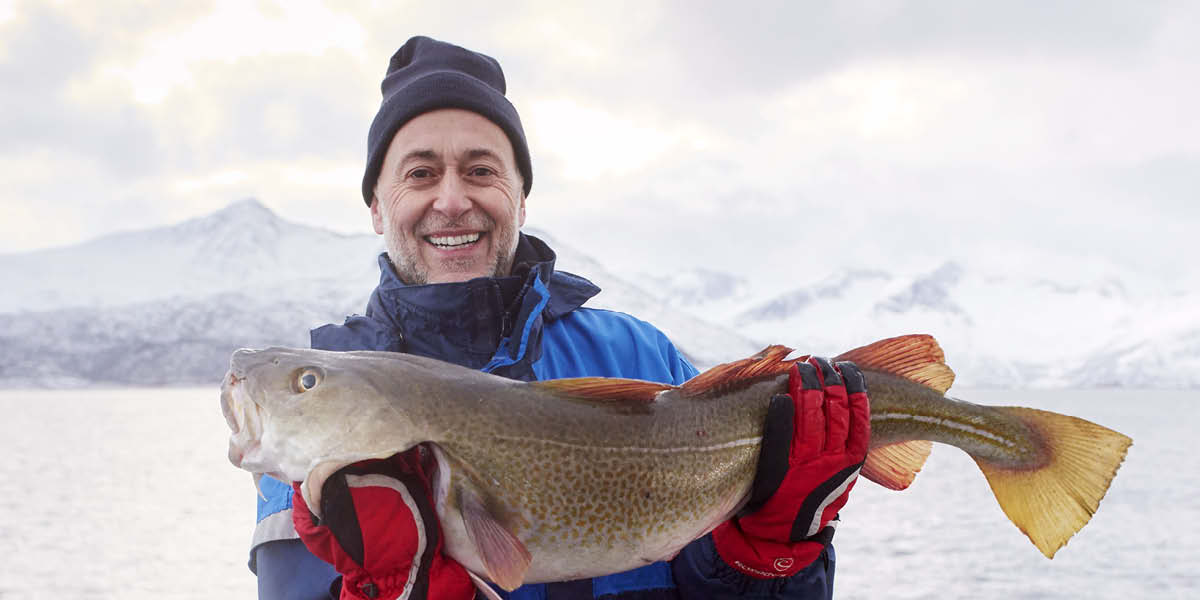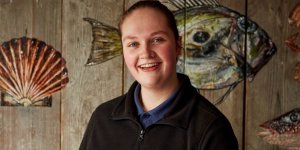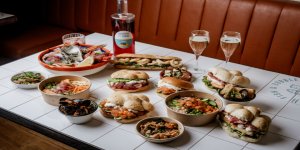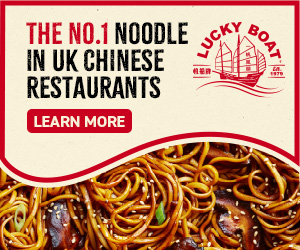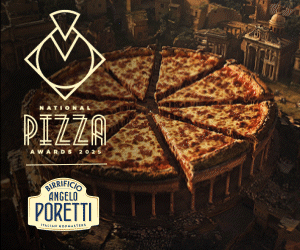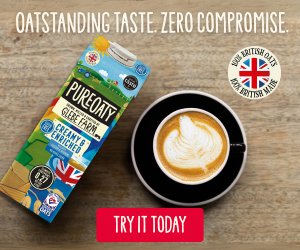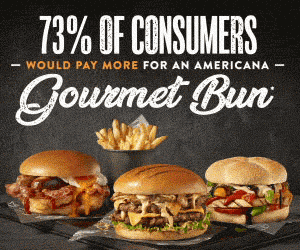Michel Roux tackles fish waste ahead of Stop Food Waste Day

As the world is waking up to more sustainable food choices, the spotlight is shifting to highlight food waste and potential solutions to encourage more mindful consumption. In seafood, this means taking a nose-to-tail approach to minimise industry waste. In terms of edible parts of the fish, there are options to consider such as baked fish heads, skin crackling, fish ‘mince’ from scraps, deep-fried fish bones for snacking and seared offal.
With recent estimates claiming more than 75% of the actual fish is either used in animal feed or thrown away as waste, there is untapped potential in these fish parts and opportunities for businesses and producers to capitalise while operating more sustainably.
Sustainability and respect for the fish
Now, renowned chef and Seafood from Norway ambassador Michel Roux says he would like to see underutilised parts of the fish appearing on more menus. Roux declares cod stomachs – in the form of Skrei mølje, a traditional serving where the seasonal Norwegian cod is served poached with its roe, liver and sometimes the stomach, alongside potatoes and onions, beer and aquavit – to be "absolutely glorious". He even served up cod stomachs imported from Norway as a garnish at his iconic Le Gavroche restaurant in London.
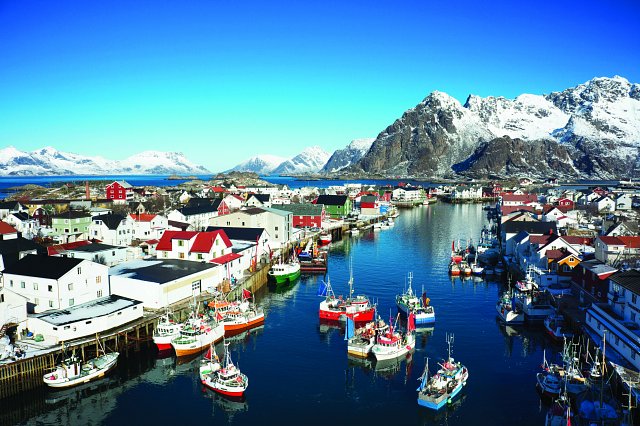
Norwegian fishing boats (Image: Norwegian Seafood Council)
For Roux, Skrei mølje is the dish that embodies Norway. The culture and tradition attached to Norwegian seafood and respect for the fish chimes with his own philosophy. He says: "I’m a firm believer that if you take the life of an animal, then you should use all of it – and that should be the same for fish. We know there should be zero waste where possible."
Younger generations championing zero waste
Roux says younger generations of industry professionals are definitely more attuned to sustainability issues. They understand it and, where possible, will seek out sustainable produce because it’s a value that has been drummed into them. Provenance is also key and consumers "want to know where their food comes from, be it fish or animal protein or vegetables," says Roux. "That really is something that’s changed over the years."
Roux sees Norwegian seafood as an ally in his approach to food values. Again, he points to Skrei – the "beautiful white, pearly, cod" that he stresses "is not just cod" – as an example of the coming together of unmatched quality and sustainability. "Skrei is a great example of fisheries management in Norway," he adds.
Encouraging conscious food choices
Stop Food Waste Day takes place on April 30 and is the largest single day of action in the fight against global food waste. The awareness day seeks to give recognition to this global issue and its environmental, economic and social impacts. With 33% of all food produced globally lost or wasted every single year – and just a quarter of that food waste enough to feed the 795 million undernourished people across the world – through this movement, Stop Food Waste Day seeks to educate, inspire and ignite change.


